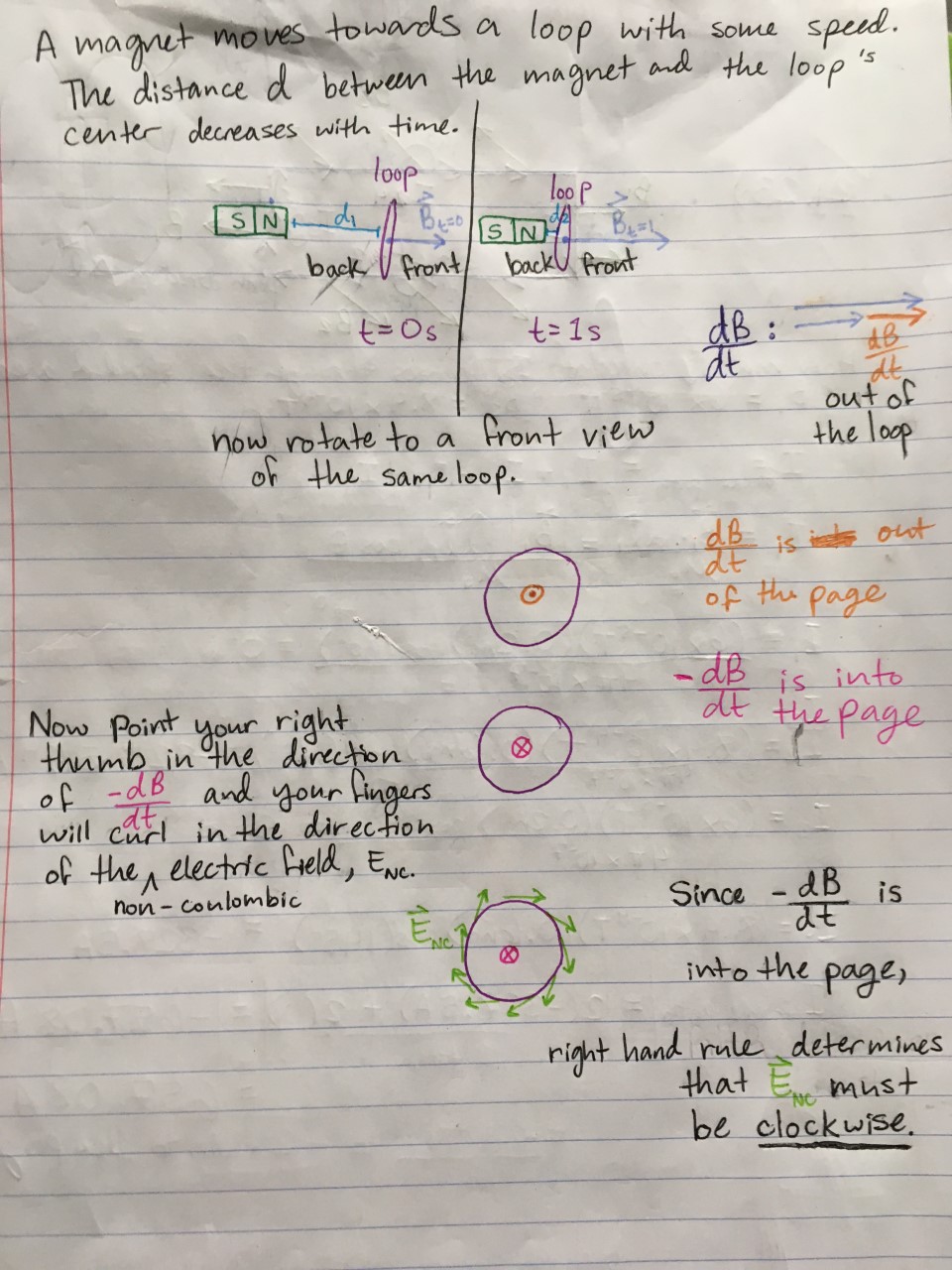Main Page: Difference between revisions
(→Week 5) Tag: Manual revert |
|||
| Line 920: | Line 920: | ||
<div class="mw-collapsible-content"> | <div class="mw-collapsible-content"> | ||
*[[Quantum Tunneling through Potential Barriers]] | *[[Quantum Tunneling through Potential Barriers]] | ||
</div> | |||
</div> | |||
*[[Quantum Tunneling through Potential Barriers addition]] | |||
</div> | </div> | ||
</div> | </div> | ||
Revision as of 14:25, 24 July 2022
Georgia Tech Student Wiki for Introductory Physics.
This resource was created so that students can contribute and curate content to help those with limited or no access to a textbook. When reading this website, please correct any errors you may come across. If you read something that isn't clear, please consider revising it for future students!
Looking to make a contribution?
- Pick one of the topics from intro physics listed below
- Add content to that topic or improve the quality of what is already there.
- Need to make a new topic? Edit this page and add it to the list under the appropriate category. Then copy and paste the default Template into your new page and start editing.
Please remember that this is not a textbook and you are not limited to expressing your ideas with only text and equations. Whenever possible embed: pictures, videos, diagrams, simulations, computational models (e.g. Glowscript), and whatever content you think makes learning physics easier for other students.
Source Material
All of the content added to this resource must be in the public domain or similar free resource. If you are unsure about a source, contact the original author for permission. That said, there is a surprisingly large amount of introductory physics content scattered across the web. Here is an incomplete list of intro physics resources (please update as needed).
- A physics resource written by experts for an expert audience Physics Portal
- A wiki written for students by a physics expert MSU Physics Wiki
- A wiki book on modern physics Modern Physics Wiki
- The MIT open courseware for intro physics MITOCW Wiki
- An online concept map of intro physics HyperPhysics
- Interactive physics simulations PhET
- OpenStax intro physics textbooks: Vol1, Vol2, Vol3
- The Open Source Physics project is a collection of online physics resources OSP
- A resource guide compiled by the AAPT for educators ComPADRE
- The Feynman lectures on physics are free to read Feynman
- Final Study Guide for Modern Physics II created by a lab TA Modern Physics II Final Study Guide
Resources
- Commonly used wiki commands Wiki Cheatsheet
- A guide to representing equations in math mode Wiki Math Mode
- A page to keep track of all the physics Constants
- A listing of Notable Scientist with links to their individual pages
Physics 1
Week 1
GlowScript 101
VPython
Interactions
Velocity and Momentum
Week 2
Momentum and the Momentum Principle
Iterative Prediction with a Constant Force
Week 3
Analytic Prediction with a Constant Force
Iterative Prediction with a Varying Force
Week 4
Fundamental Interactions
Week 5
Properties of Matter
Week 6
Identifying Forces
Week 7
Energy Principle
Week 8
Work by Non-Constant Forces
Potential Energy
Week 9
Multiparticle Systems
Week 10
Choice of System
Thermal Energy, Dissipation, and Transfer of Energy
Rotational and Vibrational Energy
Week 11
Different Models of a System
Friction
Week 12
Conservation of Momentum
Collisions
Week 13
Rotations
Angular Momentum
Week 14
Analyzing Motion with and without Torque
Week 15
Introduction to Quantum Concepts
Physics 2
Week 1
3D Vectors
Electric field
Electric force
Electric field of a point particle
Superposition
Dipoles
Week 2
Interactions of charged objects
Tape experiments
Polarization
Week 3
Conductors and Insulators
Charging and Discharging
Week 4
Field of a charged rod
Field of a charged ring/disk/capacitor
Field of a charged sphere
Week 5
Potential energy
Electric potential
Sign of a potential difference
Potential at a single location
Path independence and round trip potential
Week 6
Electric field and potential in an insulator
Moving charges in a magnetic field
Biot-Savart Law
Moving charges, electron current, and conventional current
Week 7
Magnetic field of a wire
Magnetic field of a current-carrying loop
Magnetic field of a Charged Disk
Magnetic dipoles
Atomic structure of magnets
Week 8
Steady state current
Kirchoff's Laws
Electric fields and energy in circuits
Macroscopic analysis of circuits
Week 9
Electric field and potential in circuits with capacitors
Magnetic forces on charges and currents
Electric and magnetic forces
Velocity selector
Week 10
Hall Effect
]]]====Motional EMF====
If you have a bar attached to two rails, and the rails are connected by a resistor, you have effectively created a circuit. As the bar moves, it creates an "electromotive force"


